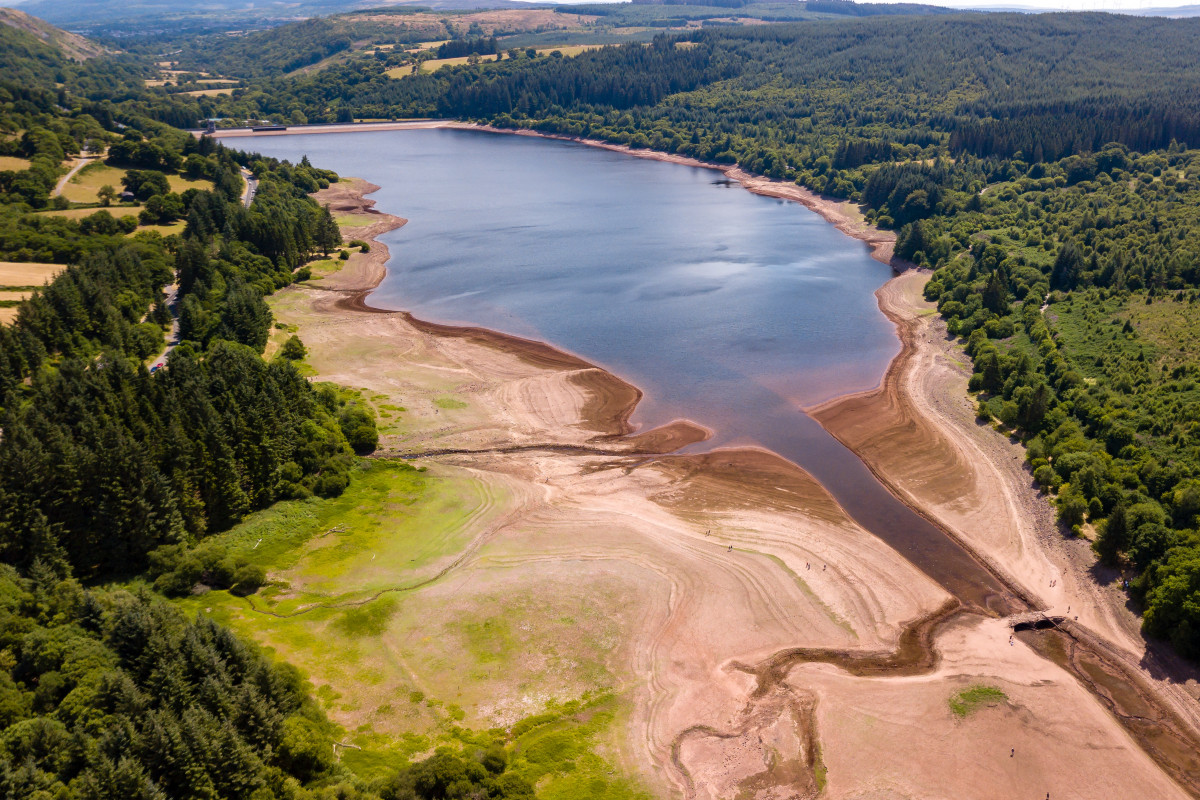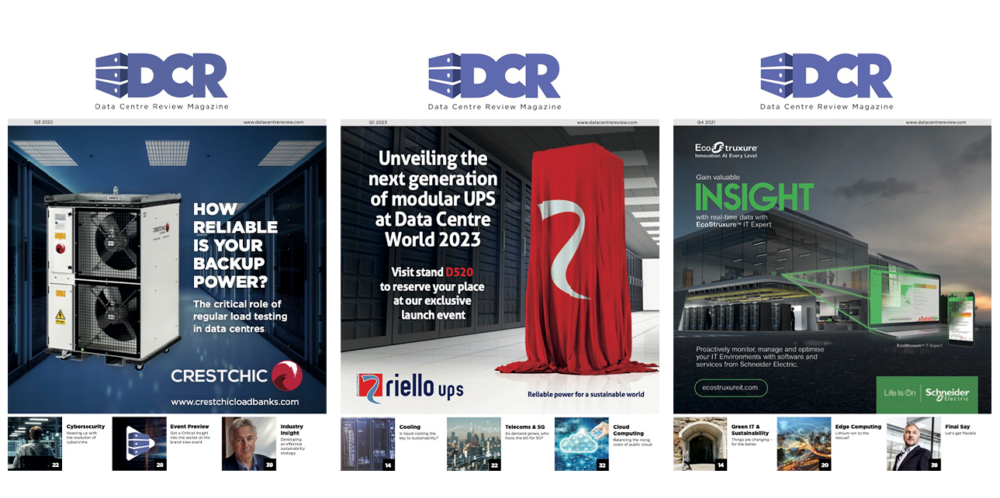The rapid growth of AI is leaving the Environment Agency unable to accurately forecast future water shortages, according to a new report from The Guardian.
While the data centre industry deals with its reputation for using an enormous amount of power, the sector is facing a new front in its battle for good PR – how much water it consumes. Since the launch of large language models such as Google’s Gemini and OpenAI’s ChatGPT, a spotlight has been shone on the water usage of data centres.
That has led some at the Environment Agency to express concern – noting that because data centres are not compelled to reveal the amount of water they’re consuming from the public water supply, it makes their job harder to predict potential future water shortages.
According to the Environment Agency, England faces a potential daily shortfall of 5 billion litres in public water supply by 2055 if urgent action is not taken. A further 1 billion litres a day could be required for farming, energy generation, and emerging technologies. However, the figure for industrial use omits the contribution of data centres. That fear is compounded by the growth of AI.
Data centre’s water usage problem
It’s not untrue to say that data centres can use a lot of water, and the fear is that AI is making the issue even worse. In fact, it’s reported that across Microsoft’s global operations, AI processes use between 1.8 and 12 litres of water per KWh of energy consumed. Meanwhile, one global study has projected AI water consumption could hit 6.6 billion cubic metres annually by 2027 – nearly two-thirds of England’s current yearly consumption. Just last week, OpenAI CEO Sam Altman revealed that a single ChatGPT query uses about fifteenth of a teaspoon of water.
It’s no doubt stirring up public fear that data centres are taking more than their fair share of water from public systems, but it’s also true that many of the issues surrounding water usage in data centres comes from a select few cooling technologies. The problem is, of course, those cooling technologies are widely used – we’re talking about air handlers that often employ evaporative cooling techniques. These are amongst the largest culprits when it comes to water usage in the data centre sector – but while their deployment is widescale at the moment, they’re beginning to fall out of fashion just as the AI boom takes hold.
According to the Environment Agency sources speaking to The Guardian the explosion of AI is one of the most dramatic shifts in projected demand in recent years, but it could actually help reduce the amount of water consumed by data centres. That’s because as the chips begin to consume more power and run hotter – like Nvidia’s most recent Blackwell AI chips – alternatives to traditional cooling need to be found, and liquid cooling appears to be the answer.
In fact, Nvidia’s GB200, the company’s flagship AI chip, requires direct-to-chip liquid cooling, which ironically uses less water. That means as new AI data centres come online, they’re more likely to employ closed-loop systems that use far less water than traditional facilities that relied on cheaper air handlers that guzzled up water.
The shift to liquid cooling has already begun
Data Centre Review is scheduled to release a report on cooling very soon, and in it we found that many in the industry have already begun the shift to liquid cooling – with Equinix even noting that direct-to-chip liquid cooling becomes a necessity in most cases when rack densities reach around 25-30 kW. McKinsey estimates that rack densities are likely to average 30 kW by 2027 – meaning we’re already heading down the road where traditional air cooling is struggling to keep up.
Whether the industry can shift the perception that it’s irresponsible with resources – be it power or water – despite its recent advances, that’s yet to be seen. But it should be noted that while the industry doesn’t widely publicise the exact amount of water it uses, Water Usage Effectiveness (WUE), a metric that measures how efficiently a data centre uses water, has become more important in recent years.
In fact, reporting on WUE is now mandated by the EU for all data centres above 500 kW, and many of the big hyperscalers are willingly opting to report it globally – whether it’s Microsoft, AWS, or Google. That should help allay fears that data centres are going to cause widespread water shortages in the future.



